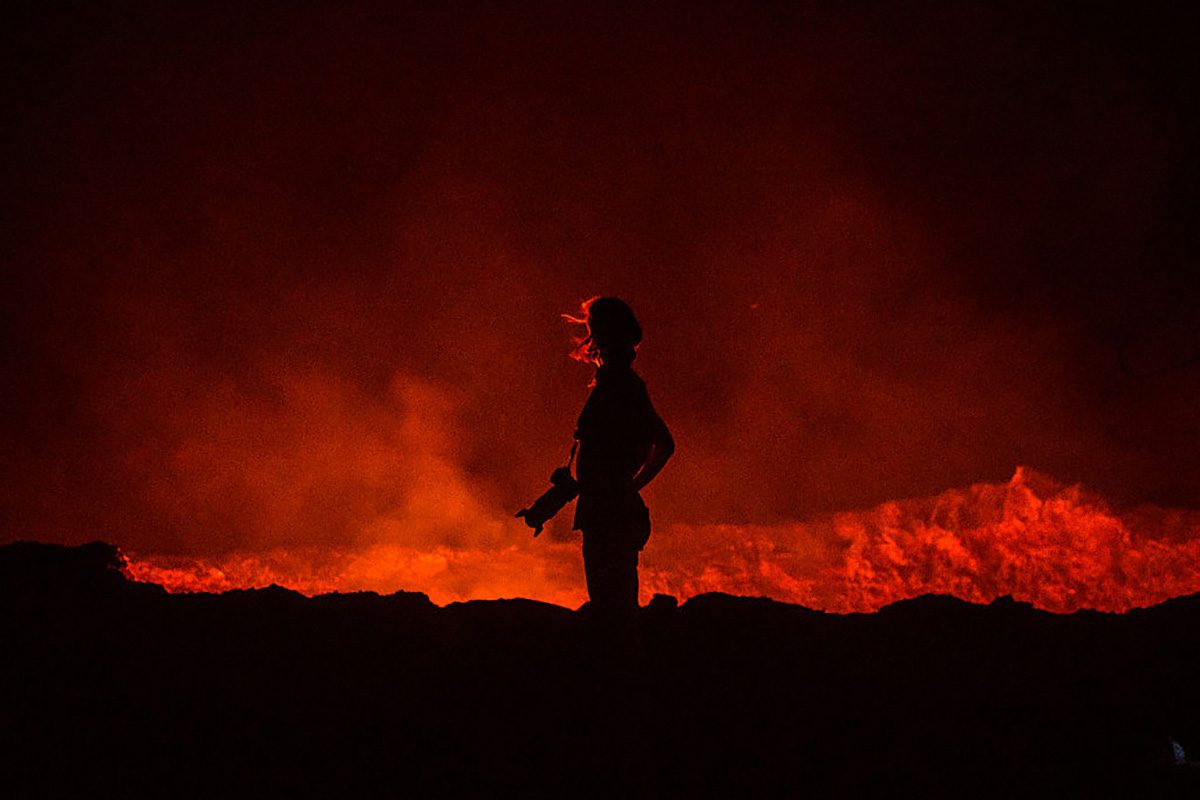A heartbeat-like pulse has been discovered beating deep beneath East Africa – and it’s ripping the continent apart.
The strange thumping is caused by a rhythmic surge of molten mantle rock rising and falling under the Earth’s surface, according to a recent study in Nature Geoscience. The surges are so powerful that, over millions of years, they could split Africa in two and create a brand new ocean.
The geological pulse was detected in the Afar Triangle, a region where three tectonic plates – the African, Somali, and Arabian plates – meet beneath Ethiopia, Eritrea, and Djibouti. Known as a tectonic triple junction, it’s one of the few places on Earth where the planet’s crust is being pulled in three different directions at once.
As these plates drift apart, they create deep cracks called rifts, places where the Earth’s crust stretches thinner and thinner until it eventually breaks. It’s within these rifts that the discovery was made.
“We found that the mantle beneath Afar is not uniform or stationary – it pulses,” said Dr Emma Watts, a geologist from Swansea University, who led the study.
To investigate, the research team collected volcanic rock samples from the region and analysed their chemical makeup. What they found was a kind of ‘geological barcode’ – a repeating pattern of chemical signatures, showing the magma plume rising and falling over millions of years.
In some cases, the barcode was more spread out than others, revealing the rifts were channelling the pulsing magma.
“The chemical striping suggests the plume is pulsing, like a heartbeat,” said Prof Tom Gernon from the University of Southampton, who also took part in the study.
These pulses, he explained, behave differently depending on the structure of the Earth’s crust. In places where the crust is thinner or where the rifting happens faster, such as along the Red Sea, the magma pulses travel more easily, like a pulse travelling through an artery.
“We have found that the evolution of deep mantle upwellings is intimately tied to the motion of the plates above,” said Prof Derek Keir, also from the University of Southampton and co-author of the study.
“This has profound implications for how we interpret surface volcanism, earthquake activity, and the process of continental breakup.”
Read more:
